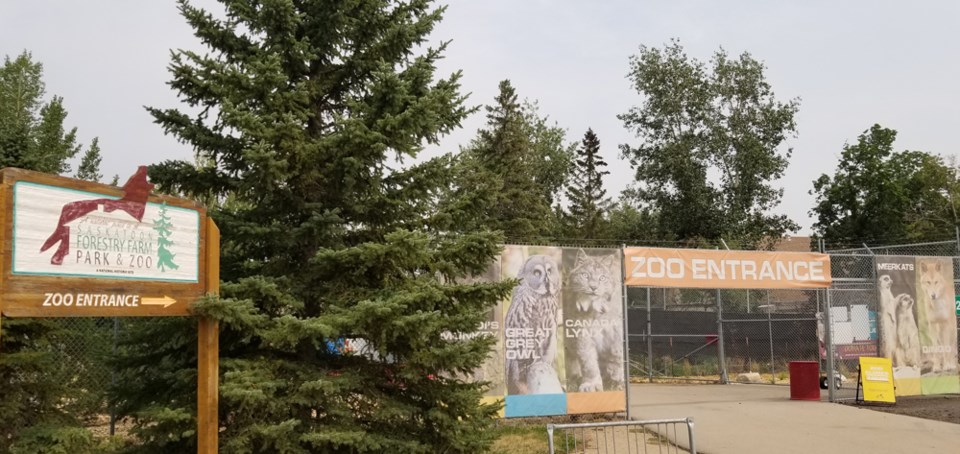SASKATOON — Saskatoon Forestry Farm Park & Zoo staff are preparing the animals in the exhibit for winter, as the weather starts to get colder. Winter preparations for each animal at the zoo is different.
Animals like the bison, mountain goats and pronghorns tend to develop heavier and thicker coats due to temperatures beginning to dip to single digits. Other animals, like grizzly bears Mistaya and Koda, have increased their food consumption to get ready for their hibernation.
Zoo manager Jeff Mitchell said these are expected to see from the animals at the zoo with the changing of the season.
“Yes, winter is coming. It is always great to see the animals exhibiting their natural adaptations for the upcoming winter season.”
“We have already seen our grizzly bears showing familiar signs of preparing for torpor, many of our elk and caribou are already displaying full antlers, and soon our arctic fox’s fur will begin to change from grey to white. These are just some of the amazing transformations that we can expect to see as we move into the fall and winter seasons.”
He added that Mistaya and Koda will be spending more time inside their dens as they start to settle for their long winter slumber. The dingoes, Maple and Euci, are also expected to adjust with their daily routine.
Dingoes favour warmer temperatures, and Maple and Euci will be spending more time indoors once the weather below minus five degrees Celsius.
Mitchell said that Kazi, the snow leopard that arrived last month, is now fully settled in his new home at the Nutrien Ark, the former place for the cougar exhibit. Kazi is ready for the winter since snow leopards are used to cooler weather.
“He [Kazi] is doing great. You’ll not see any big changes from Kazi, as he is so well adapted for winter. One thing you may notice is his tail may get a little fluffier, that is because snow leopards will often use their tail as a scarf or a blanket during the winter months,” said Mitchell.
The Nutrien Ark was the former dwelling place for cougars Malcolm and his brother Jethro. Malcolm was humanely euthanized last August due to his kidneys not anymore functioning properly while Jethro died of heart failure last year.
SFFPZ management is also reminding visitors that they need to wear non-medical masks when accessing indoor facilities run by the city like the Meerkat House and the zoo’s washroom facilities.
The city also recommends keeping your masks on even though they are not required outdoors. The zoo is open from 10 a.m. to 4 p.m. daily.



